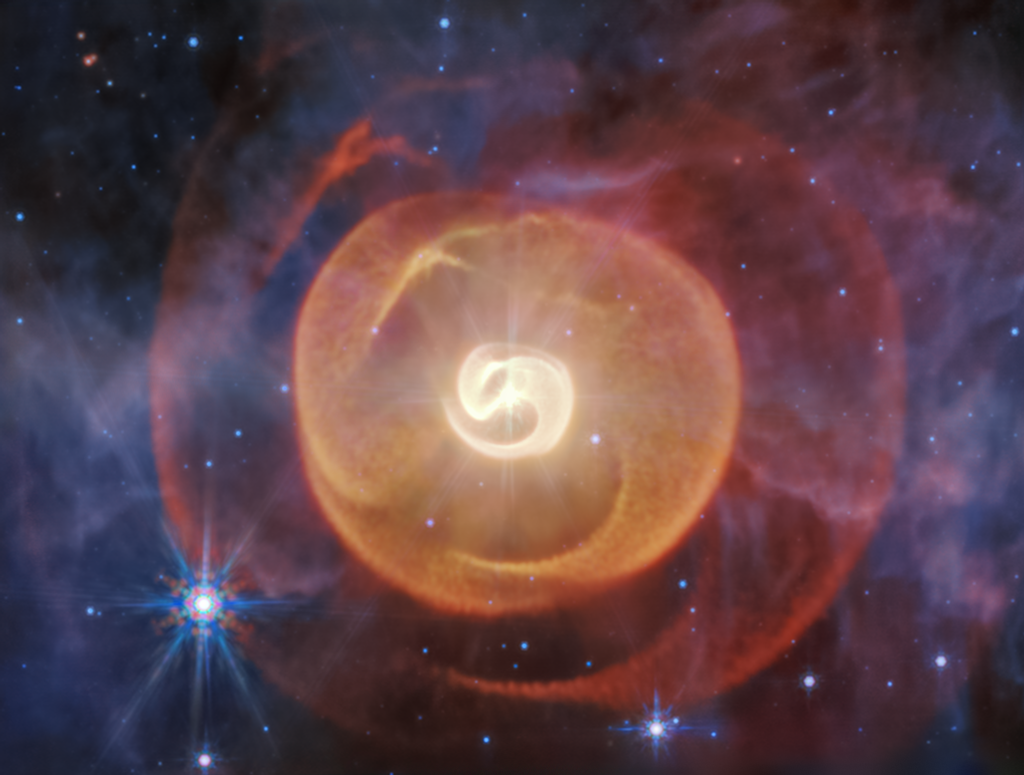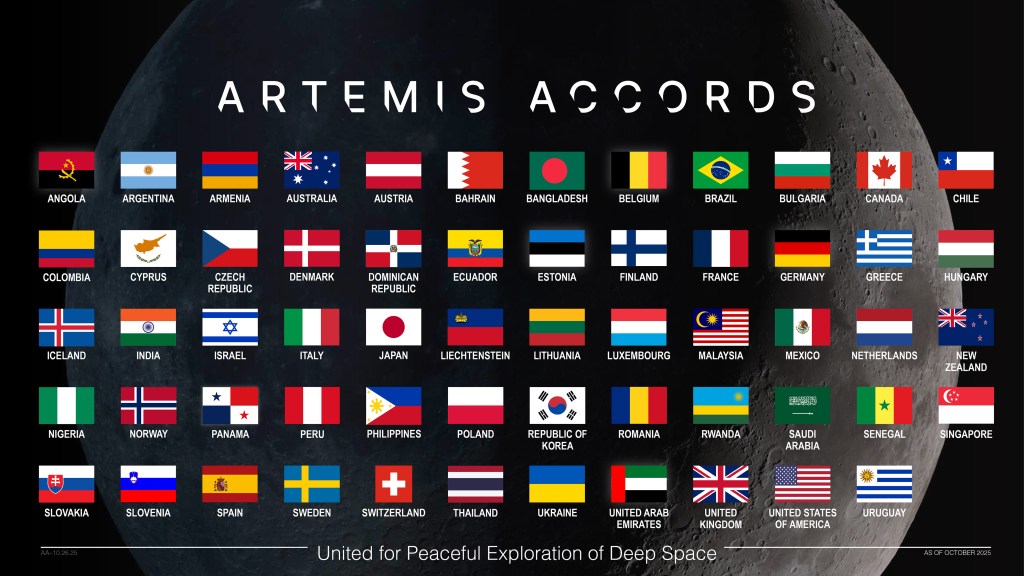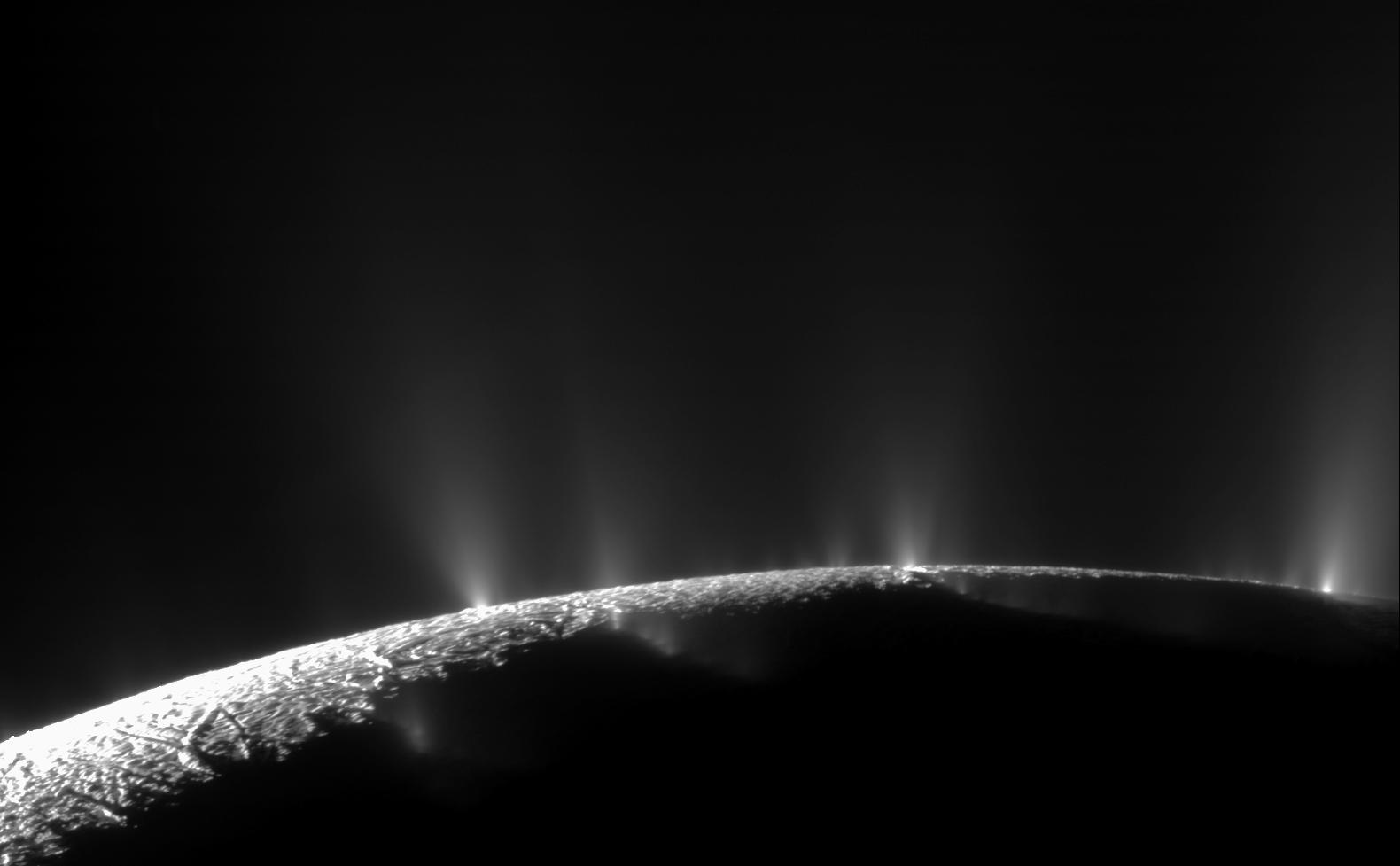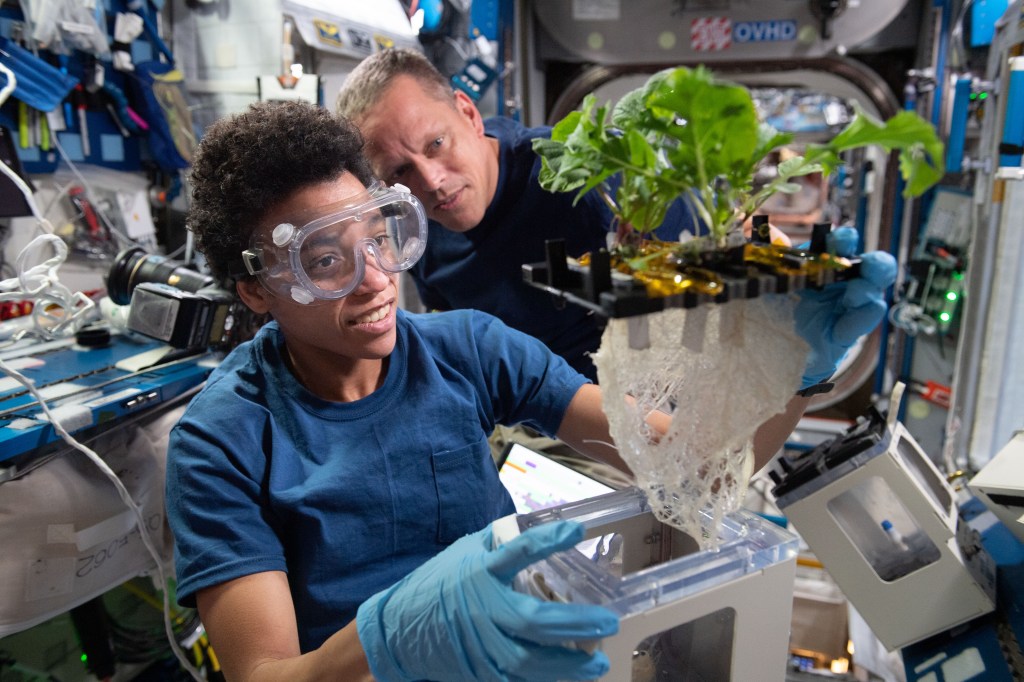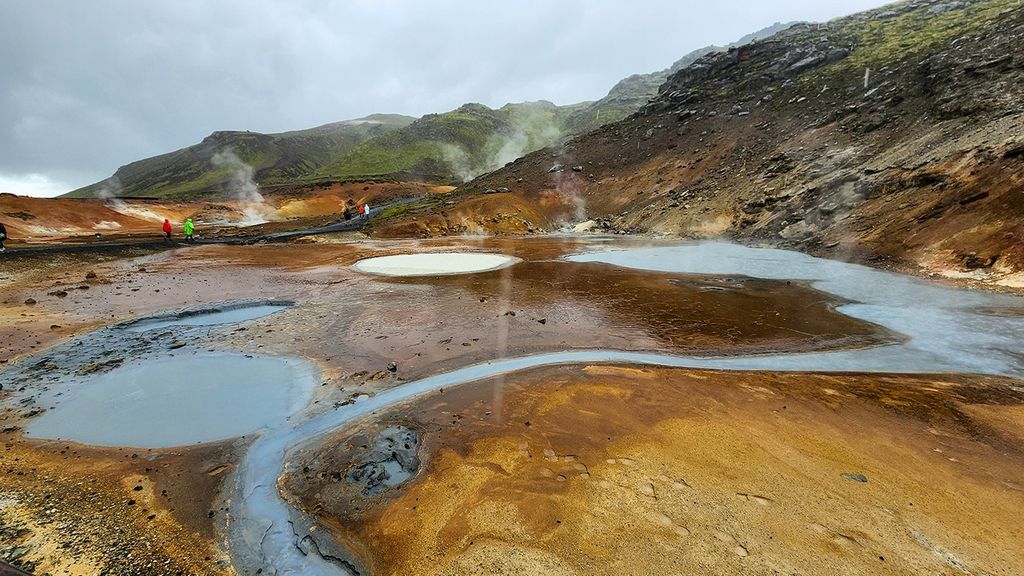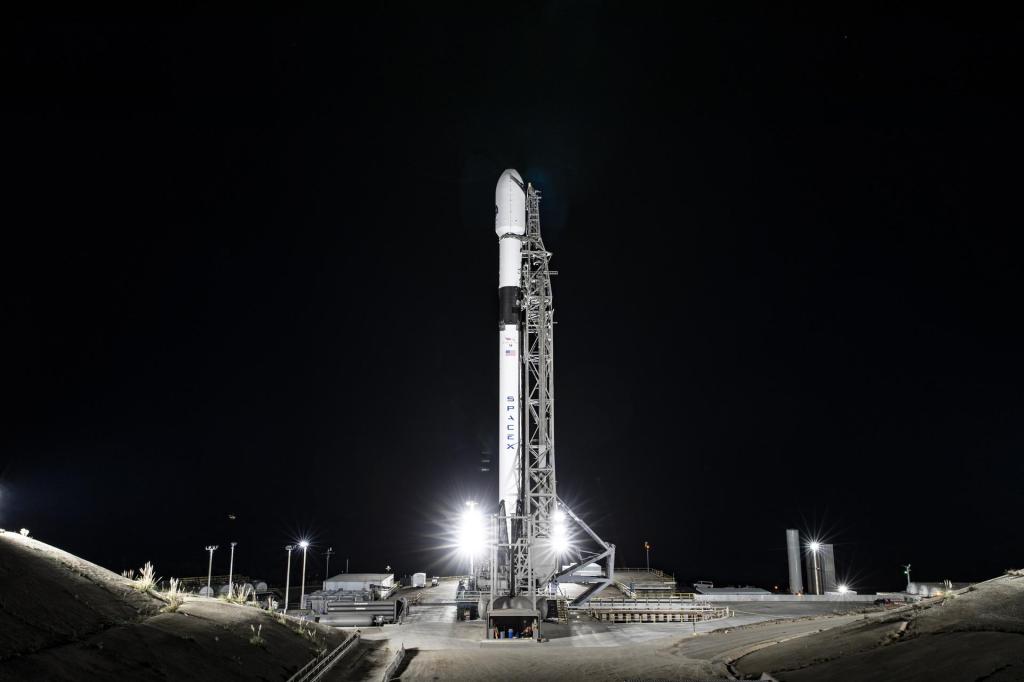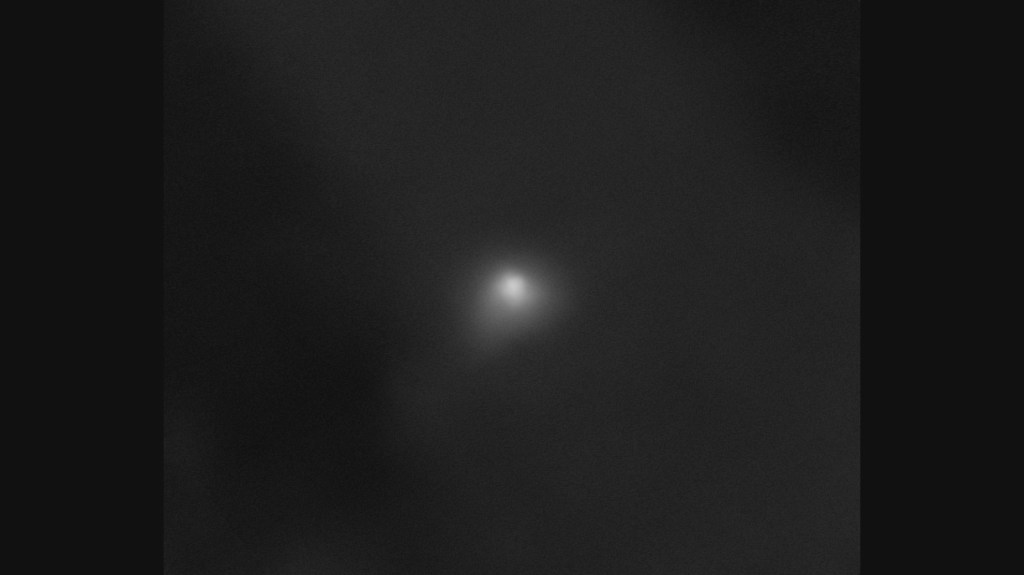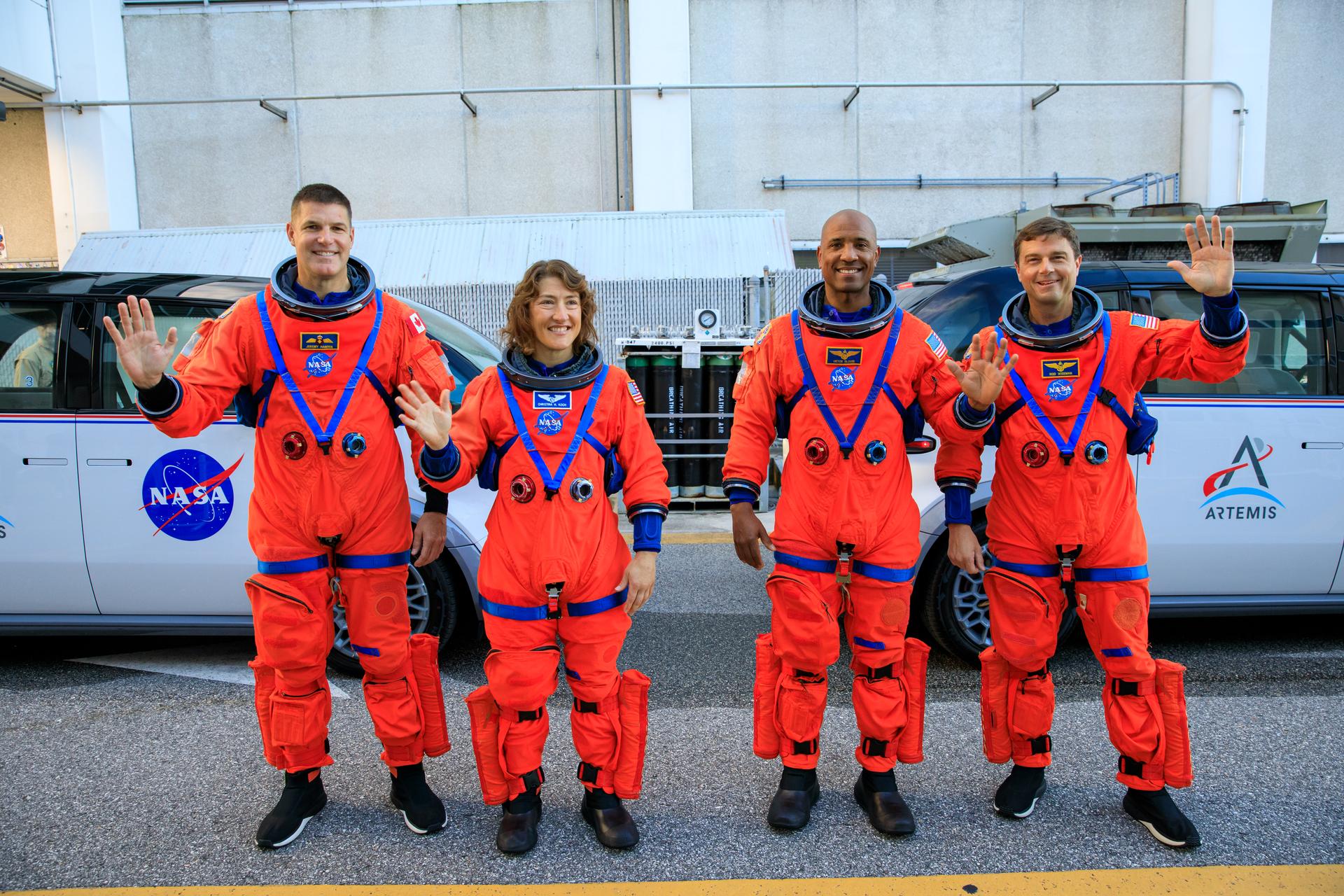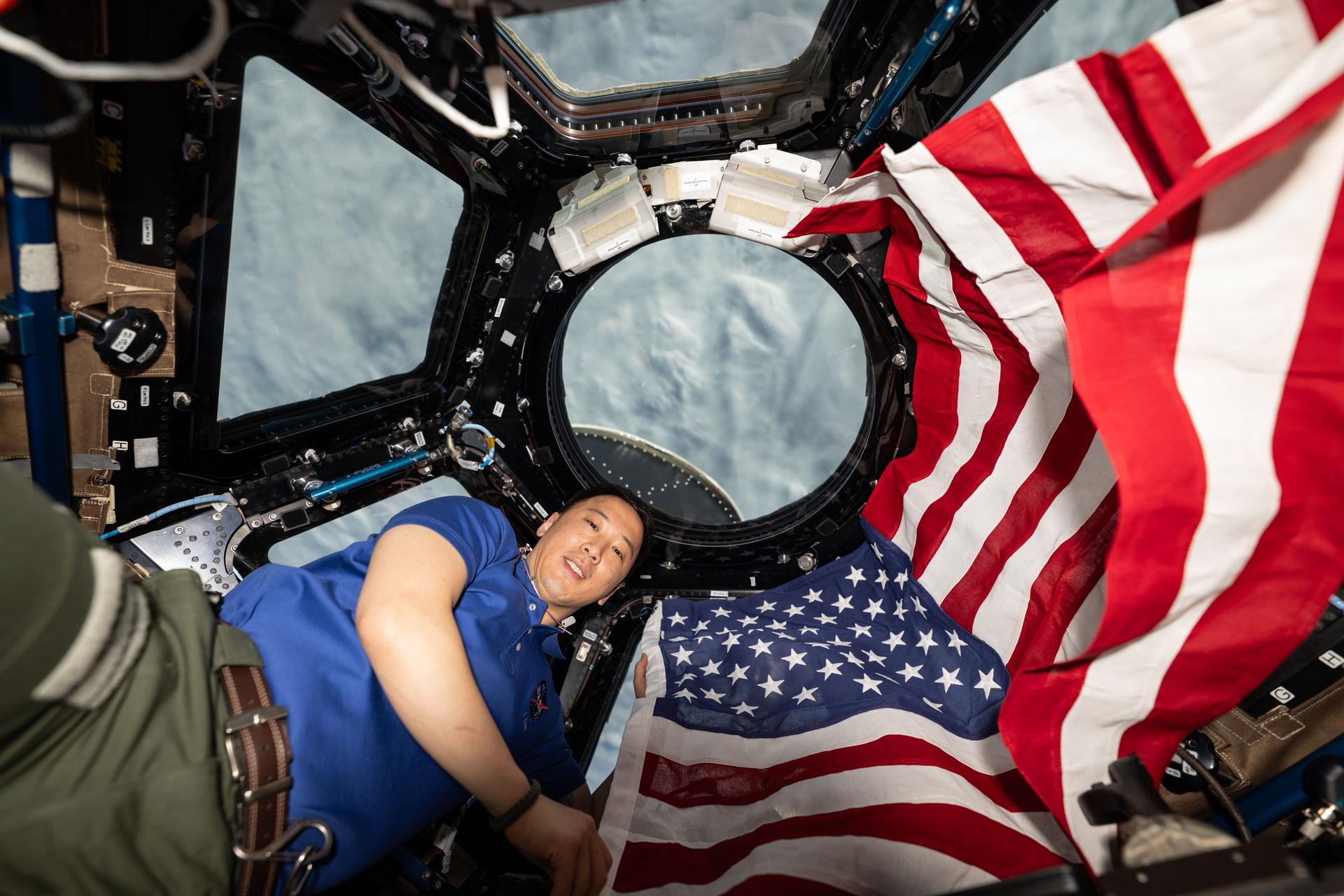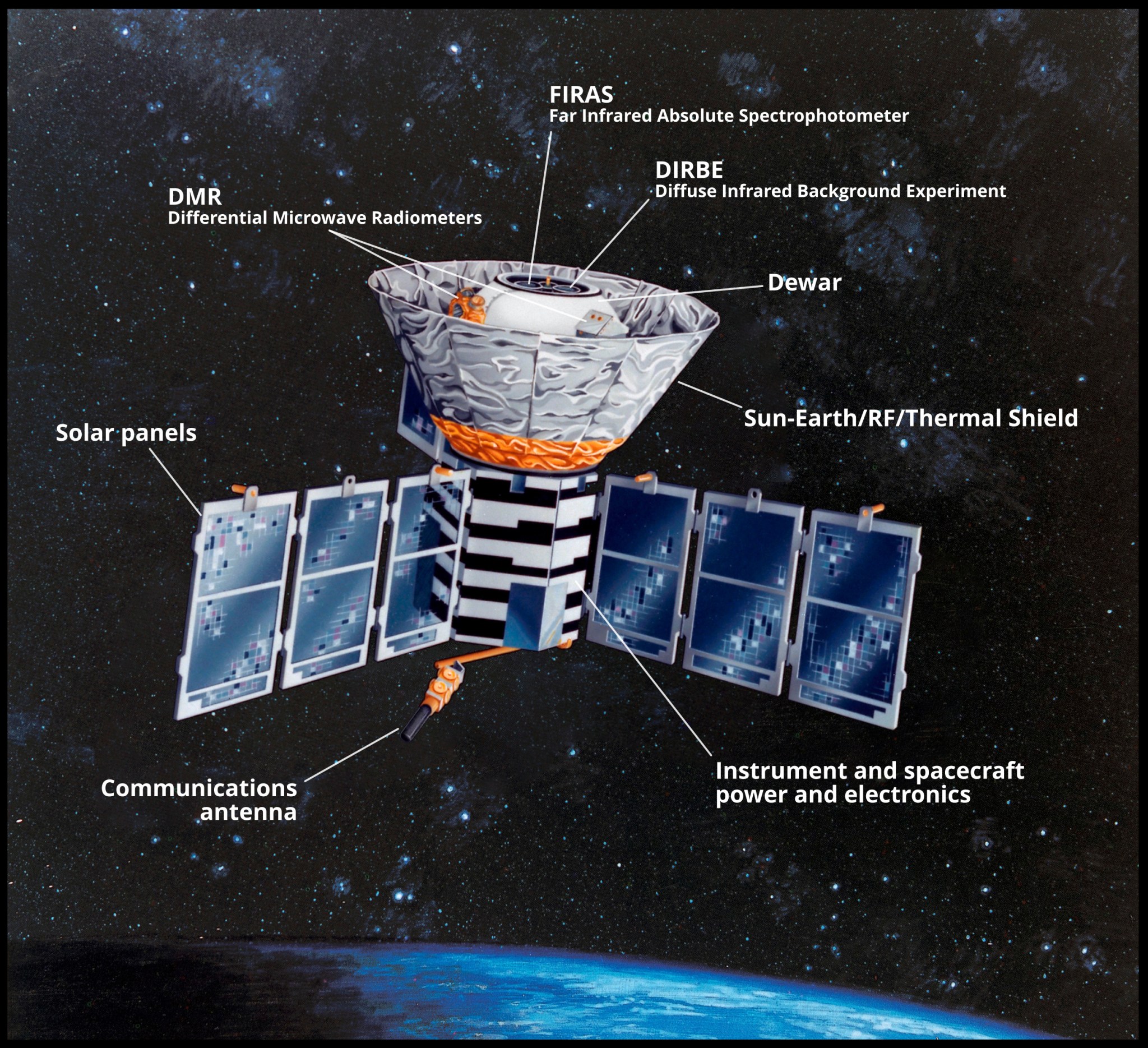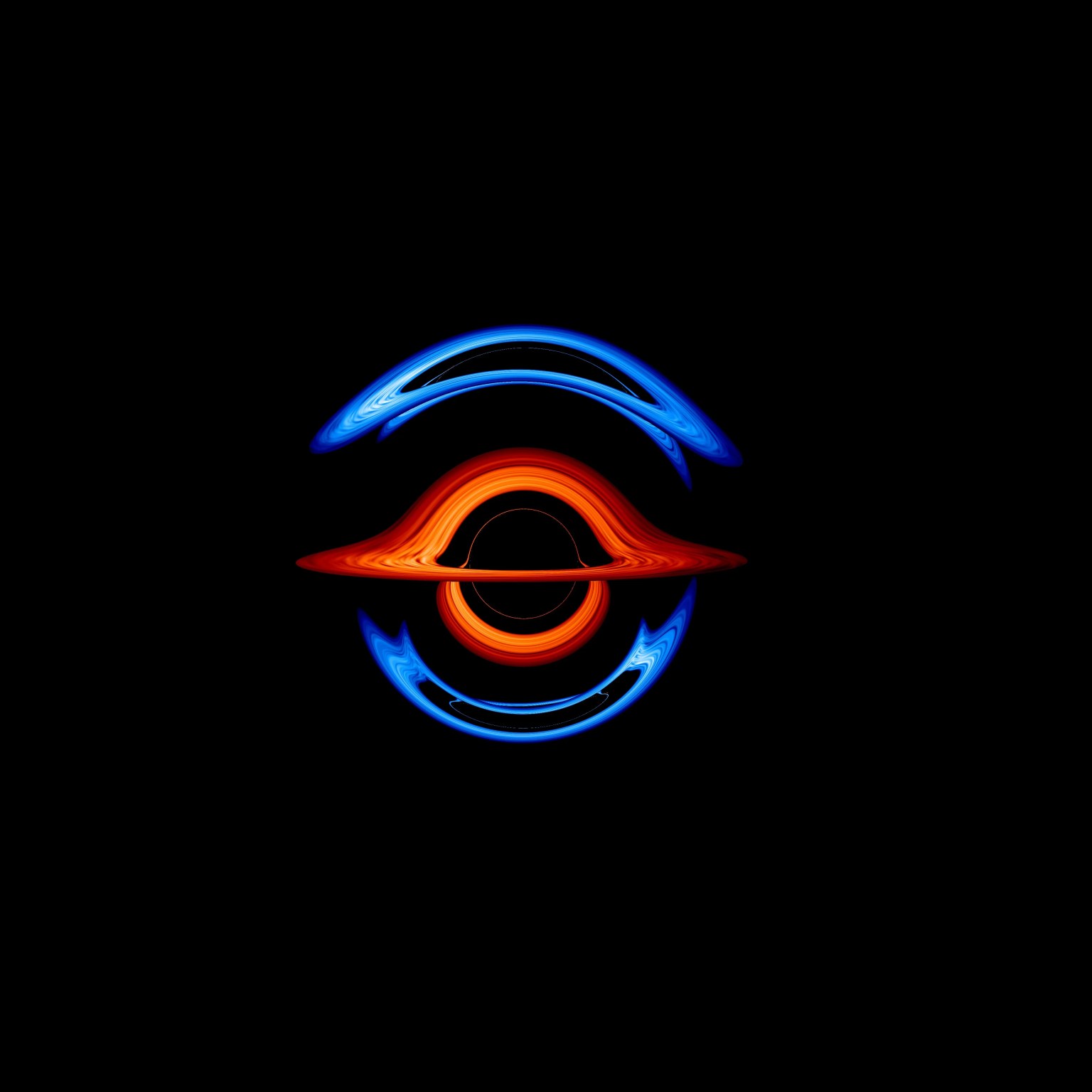The COBE Spacecraft
The COBE (Cosmic Background Explorer) satellite weighed 5,000 pounds. It was 16 feet long and 28 feet across with its three solar panels deployed. The panels provided 712 watts of power.
The upper half of the observatory consisted of a conical protective shield that deployed to surround all three science instruments, as well as a dewar containing supercold liquid helium. This coolant kept two of the instruments, FIRAS (Far Infrared Absolute Spectrophotometer) and DIRBE (Diffuse Infrared Background Experiment) extremely cold — within 1.5 degrees of absolute zero (about 457 degrees below zero Fahrenheit). The support structure, attitude control system, and spacecraft and instrument electronics were located in COBE’s lower half.
To scan the sky, COBE spun on its axis at a rate of 0.8 revolutions per minute. COBE's attitude control system kept the spacecraft’s spin axis pointed almost directly away from Earth and 94 degrees away from the Sun.
FIRAS compared the spectrum of the cosmic microwave background radiation to that of an internal reference blackbody — a perfect emitter and radiator. FIRAS ceased to operate when COBE’s liquid helium coolant supply was depleted on Sept. 21, 1990, by which time it had surveyed the sky 1.6 times.
DIRBE mapped the sky to look for the cosmic infrared background. This is effectively a core sample of the universe containing the cumulative emissions of stars and galaxies dating back to the time when these objects first began to form.
Finally, the DMR (Differential Microwave Radiometer) was to map the CMB background radiation precisely to detect any intrinsic anisotropy — tiny intensity variations in the CMB across the sky.

